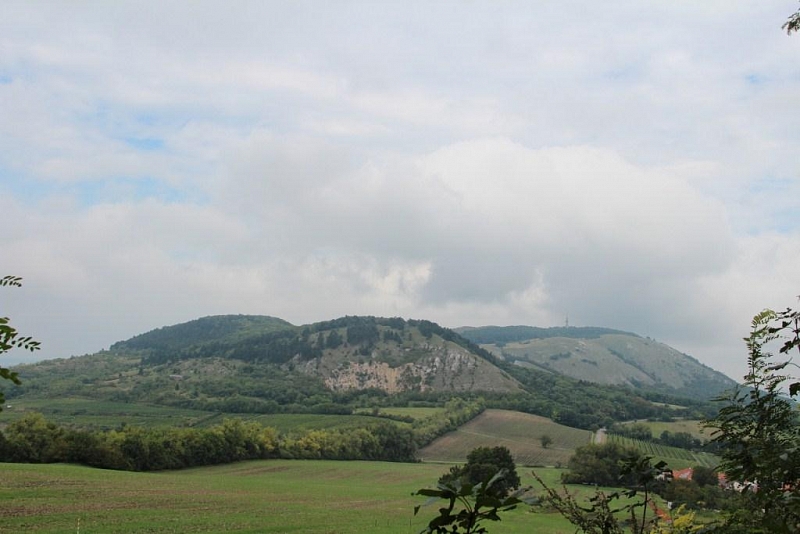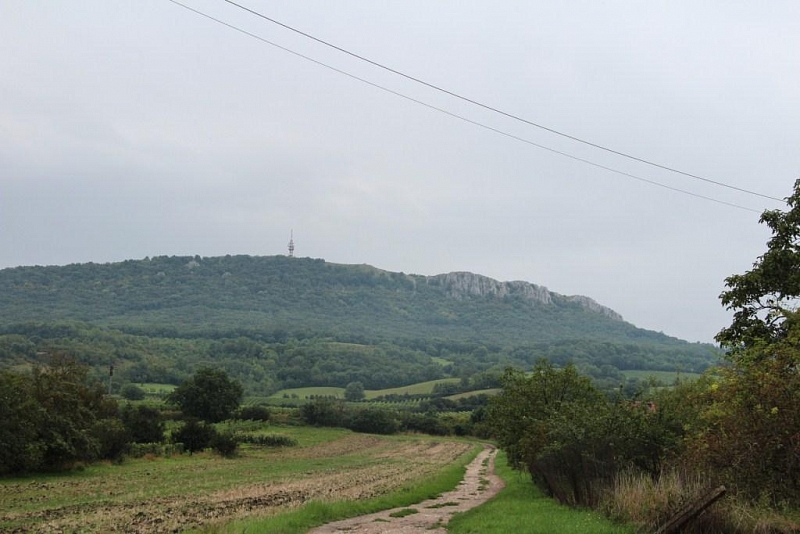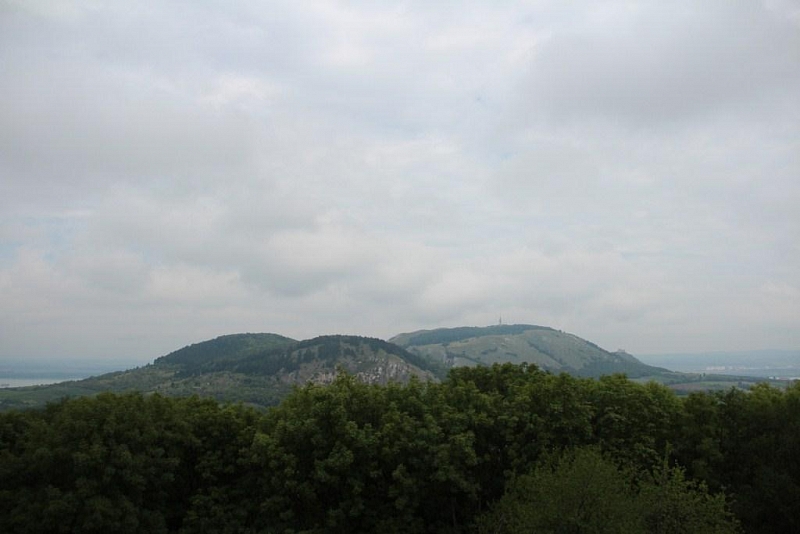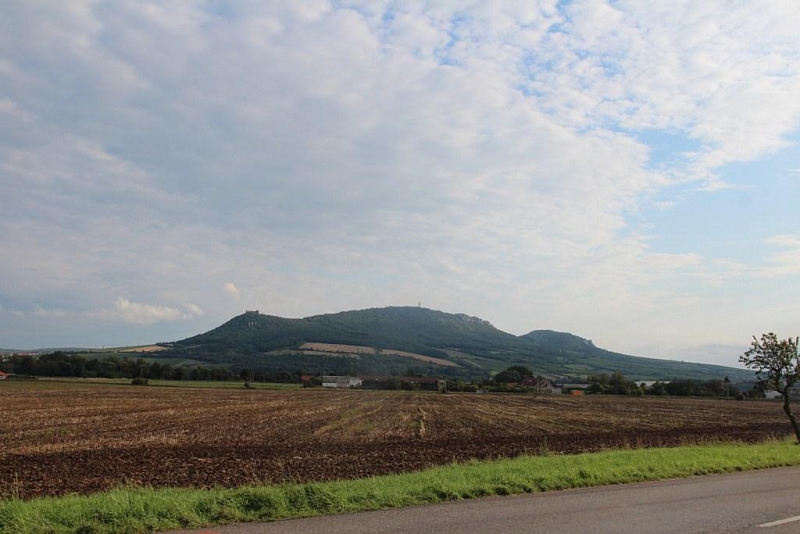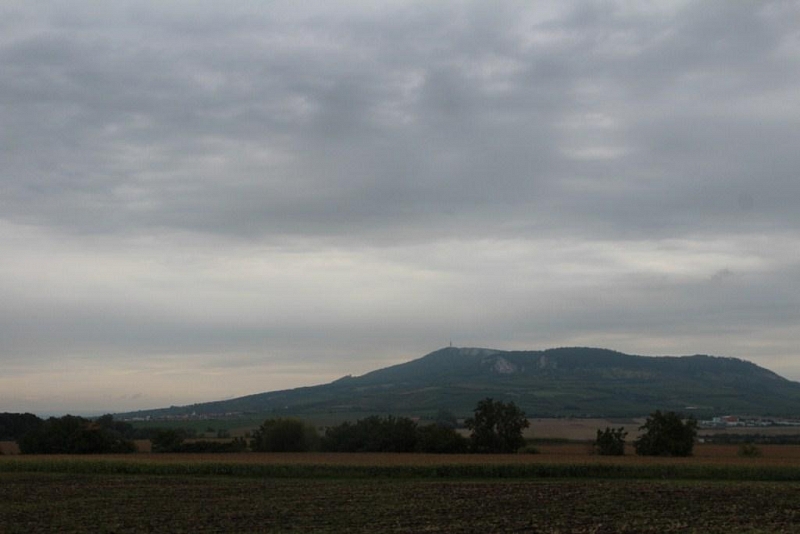Děvín - Mikulov Highlands
Thanks to its altitude of 549 meters, the highest mountain of Pavlovské vrchy is Děvín. It has the character of an elongated ridge, which is dominated by two peaks, the upper one, on which the television transmitter is located, and the lower one, on which we find the ruins of the Děvičky castle. The area is declared a national nature reserve Děvín and at the same time this locality is the center of the Pálava Protected Landscape Area and the Lower Moravia Biosphere Reserve.
Information for visitors
Interesting facts Děvín - Mikulov Highlands
The very top of Děvín is formed by two separate scales of limestone, which form a gorge, a number of rocks and cliffs. The top of Děvín and Kotelná is separated by the deep saddle of Soutěsky. On the western slope of Kotelná there are massive rocks called Martinky, on which a large cleft and a wedged boulder can be seen, creating a false rock bridge, or Velký špunt, in these places.
In the northwest and southeast of Děvín there are primrose oak hornbeams and mahaleb oak groves, especially in drier and shallower places. On the northwestern slopes, which slope more steeply, there are rubble forests and above them then an undergrowth of herbs. The north-eastern area of the peak is the only locality in our republic where large-flowered sandstone occurs. The place can also be proud of the most numerous population of low iris in the Czech Republic, which grows on rocky steppes in spring. The area under the ruins of Děviček is again the only locality in our country where we find the smallest pansy.
The first housing estate in Děvín dates back to the Late Stone Age, while in the Bronze Age a housing estate used to stand under the Děvičky castle, from which a torso of ramparts has been preserved to this day.
The local Děvičky Castle dates from the Romanesque to early Gothic period and the first mention of it is defined at the beginning of the 13th century.
Author: Andrea Štyndlová
